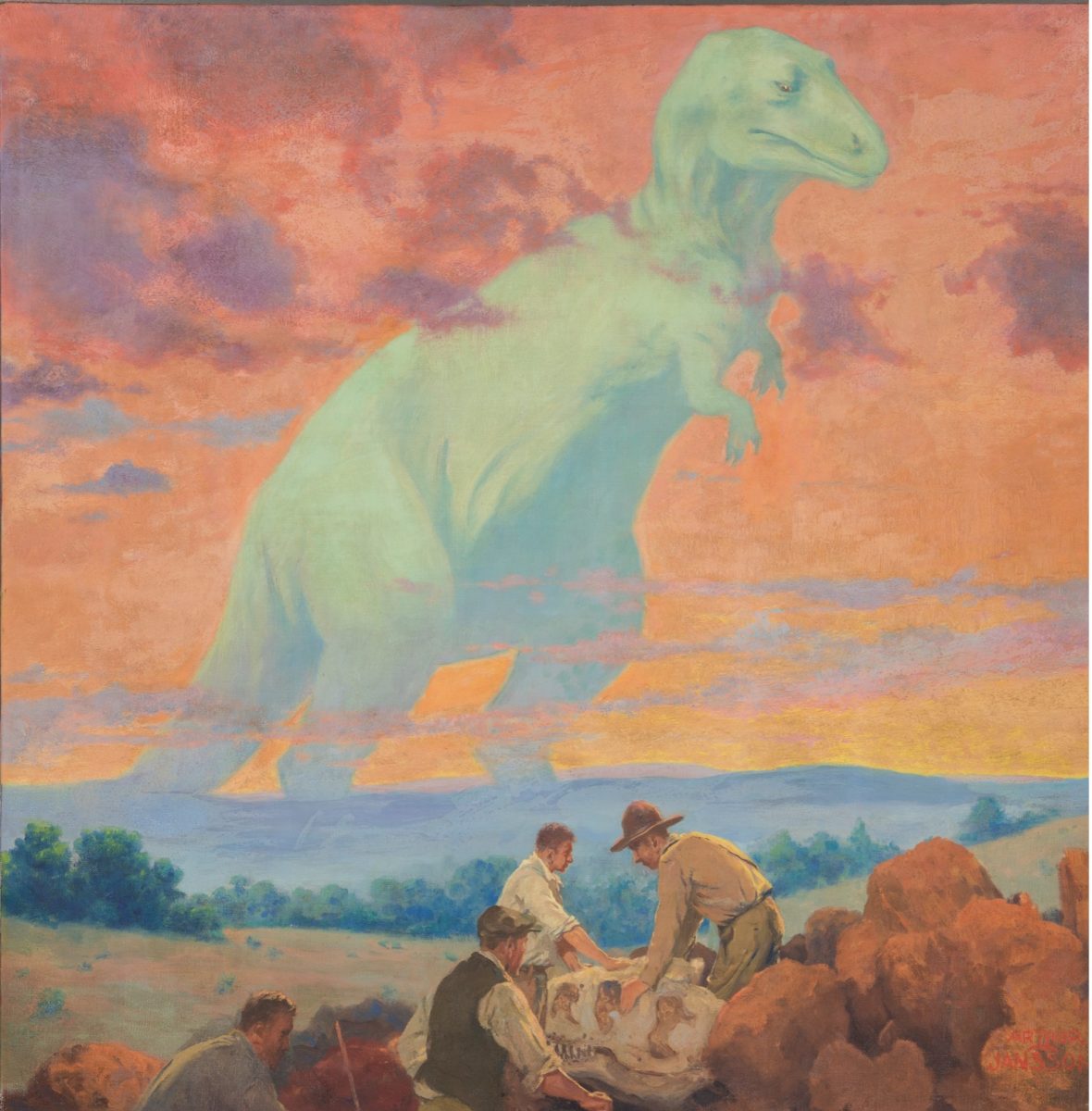Seeing Truth: Art, Science, Museums, and Making Knowledge
William Benton Museum of Art

January 17–March 10, 2023
Seeing Truth: Art, Science, Museums, and Making Knowledge seeks to challenge audiences to see art, science, and truth anew in this political moment.
Truth has always been a slippery idea, but today it seems like “truth” is harder to grasp than ever. In the midst of all the data, all the noise, all the images, how can we find our truth? Where should we go to find the truth? Whose truth should we believe?
These are the questions at the heart of Seeing Truth, an exhibition that considers how science, art, and museums have collided to produce, and sometimes distort, truth and knowledge. To set off the conversation, the exhibition will include objects from the archival collection of the American Museum of Natural History, NYC; objects we are calling instigator objects. These pieces (scientific equipment, expedition films, maps, educational dioramas, for example) serve as instigators to critically think about how knowledge is visual constructed. Using these objects as provocations, the exhibition asks audiences how they know what they know about the universe, our natural world, and the people that live around the globe. How much of that knowledge—that truth—is art or science? How can we use art and science together to find better truths?
In addition to works from the AMNH, the show will include items from UConn collections, including the William Benton Museum of Art; Archives & Special Collections, UConn Library; and the Biodiversity Research Collections in the Department of Ecology and Evolutionary Biology; as well as works from area museums and private collections. The exhibition will feature the work of contemporary artists, Rosalie Favell, Tracy Fullerton, Nicholas Galanin, Vanessa Haney, Valerie Hegarty, Janet Pritchard, Ben Ripley, Robert Smithson, Patricia Tinajero, Penelope Umbrico, Chantal Zakari, Charles Reilly and Wyss Institute for Biologically Inspired Engineering, Kim Albrecht, and Barabási Lab. Seeing Truth is generously supported by a grant from the Henry Luce Foundation and curated by Alexis L. Boylan, Director of Academic Affairs, UConn Humanities Institute and Professor of Africana Studies and Art and Art History.
Click below to begin your adventure.
Events
- Exhibition Opening, January 26, 2023 4:00pm, Benton Museum
- First Thursday, February 2, 4:30–7:00pm, Benton Museum
- Art Encounters: Seeing Truth, February 7, 6:30–7:30pm via Zoom
- Book Launch, Janet Pritchard, February 9, 4:30–6:00pm, Benton Museum
- Film Screening, Night at the Museum, February 16, 17 & 18, 8:00pm, Student Union
- Night at the Museum Faculty Dialogue, February 21, 5:30–7:00pm, Benton Museum
- Lecture by Manuel Lima, March 2, 12:30–2:00pm via Zoom
- First Thursday, March 2, 4:30–7:00pm, Benton Museum
- Book Reading, Debapriya Sarkar, March 7, 3:30–5:00pm, UCHI Conference Room